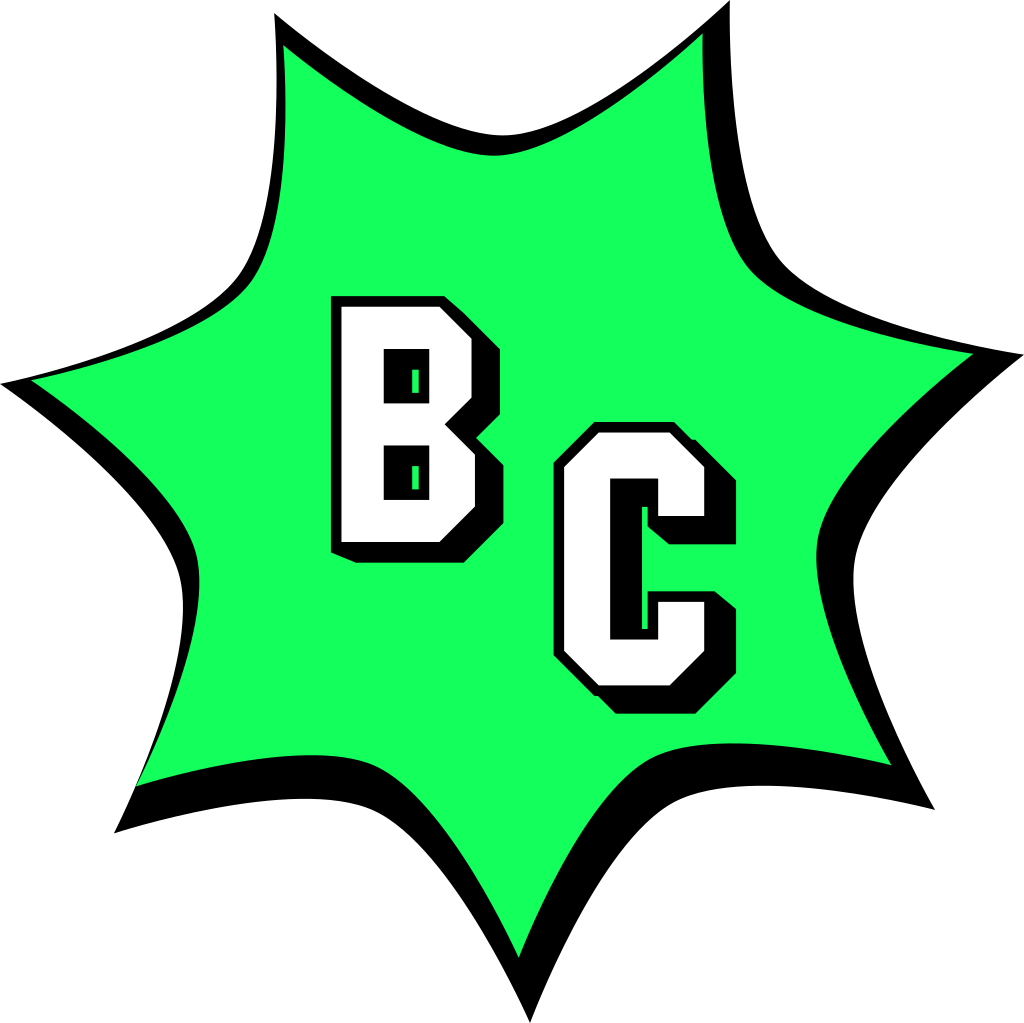In a universe filled with clocks and meters. It was bound to happen that the two would meet.
Another meter that has seen better days. Two of them in fact. The needles are still OK though, but they need a small trim…
Next up, we take a standard servo arm, and trim of the top flangy-bit. Yes, that is the correct technical term. In order to screw on the needle’s center hole trough the arm onto the servo.
The Arduino Hero Toolbox helps out when testing the assembled servo and needle. That works pretty well. Time to give the servo a more permanent housing. 3DP was temporarily out of service, so time for a bit of old school wood and metal.
Assembled and working correctly, time for a very advanced fit using superglue. Time to start working on the scales. Similar to Mr. TS & The Temperature Humidity Meter!
And done. Find the meters (and arduino code) on GitHub. After printing Mac X. the knife did a great job, and with the help of some photo mount new plates ensue.
Now it’s action time for Mr. TS. Using his band of clamps he creates a piece of oak that will form the base of the mount for the meters.
G. Rinder steps in to give it a bit more of an edge.
Time to prepare for Weldy, our trusted stick welder. Wet the wood to prevent most burn marks, and 4 hot beads later the steel angled iron are unified once again.
G Rinder quickly switches disks and squares out the edges.
Next a sharp eye is needed to copy the shape of the meter’s windows onto 2mm PMMA/acryclic. Jiggy Saw helps out with the cutting edge part of this operation. Perfect fit as always.
And behold the assembled minutes meter. For the hours meter there is something special in store. The rotating piece of brass will function as our switch for daylight saving.
One part of the brass circle on the inside filed flat, and a micro switch installed finishes the assembly for the daylight saving switch. Next up is some more electronics. A display to be precise to show the time settings and an arduino with a DS3231 realtime clock to drive it all. The servo assembly receives two highly sophisticated end-stops to prevent the needle from (accidentally) hitting the sides of the meter and bending it. This was found necessary in the early phases of testing. Find the arduino code on GitHub.
The electronics are finalized on some well known perf board. The wooden board fitted with some cutouts for the electronics and “blind” style hooks for mounting it on the wall later.
Time to flatten things out with these burn marks. We need a fast tool for this and Sandy will do the job nicely, taking of most of the burn marks and smoothing everything out. The entire thing is stained and fitted with the electronics hidden around the back.

And here is the completed assembly. Gently ticking the time away. Enjoy the video below.
The End








































